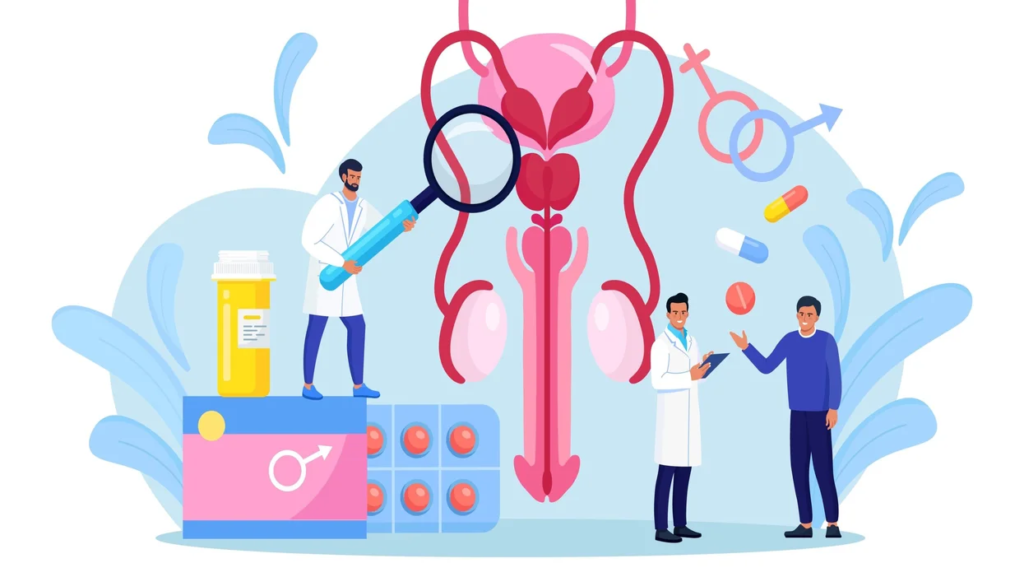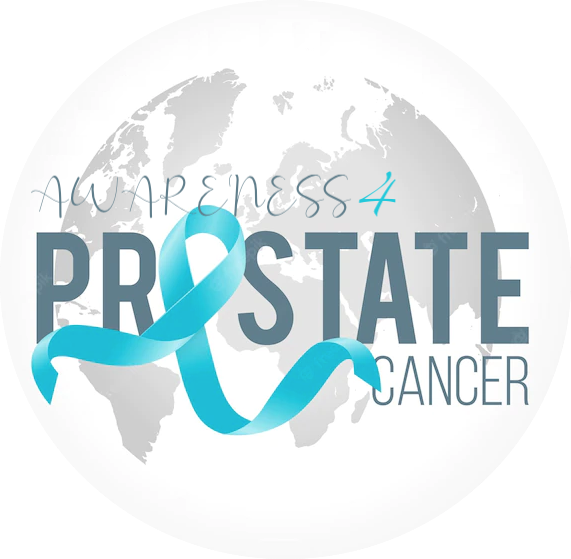Currently, there are several treatment options available for prostate cancer, including surgery, radiation therapy, and androgen deprivation therapy (ADT).

SURGERY

Surgery involves the removal of the prostate and some surrounding lymph nodes during an operation. The type of surgery depends on the stage of the disease, the patient’s overall health, and other factors. These include;
Radical (open) prostatectomy. A radical prostatectomy is the surgical removal of the entire prostate and the seminal vesicles. Lymph nodes in the pelvic area may also be removed.
Robotic or laparoscopic prostatectomy. By using robotic instruments to remove the prostate gland, it is less invasive than a radical prostatectomy and may shorten recovery time.
Bilateral orchiectomy. Bilateral orchiectomy is the surgical removal of both testicles.
Before surgery, talk with your health care team about the possible side effects from the specific surgery you will have.
RADIATION THERAPY

The high-energy beams used in this form of radiation originate from a device outside of your body and are directed at specific cancer cells in the prostate gland. Radiation therapy harms cells by eradicating the genetic material that regulates cell division and growth. Radiation therapy damages both healthy and cancerous cells, but its objective is to kill as few normal, healthy cells as possible. The majority of radiation-induced damage can frequently be repaired by normal cells.
ADT

Prostate cancer can be driven by the presence of androgens.
Androgens, often known as male hormones, are hormones like testosterone and dihydrotestosterone that are generated in the body in various levels by both men and women. ADT is used to lower the level of androgens in the bloodstream, so slowing the growth of the cancer because the presence of androgens can be a contributing factor in prostate cancer.
COMPLICATIONS CAUSED BY TREATMENTS
Treatments for prostate cancer may interfere with regular bowel, urine, and sexual function since the prostate is so close to several important tissues. Prostate cancer and its therapies can have the following side effects:
- Malignant Cancer (cancer that metastasizes or spreads). Prostate cancer can spread through your circulation or lymphatic system to your bones or other organs, as well as to neighbouring organs like your bladder. Broken bones and suffering can result from prostate cancer that has spread to the bones. It’s doubtful that prostate cancer will be cured if it has spread to other parts of the body, but it may still react to treatment and be controlled.
- Incontinence. Urinary incontinence can be brought on by both prostate cancer and its therapy. The sort of incontinence you have, how severe it is, and how likely it is that it will get better over time will all influence how you are treated. Medication, catheters, and surgery are all potential treatment modalities.
- Erectile Dysfunction. Prostate cancer and its treatments, such as Androgen Deprivation Therapy, radiation, or surgery, can all lead to erectile dysfunction. For the treatment of erectile dysfunction, there are medications, vacuum devices that help with erection, and surgery.
Consultation with your doctor or family practitioner will help you get a clear idea on the different types of treatment reccomended for you.
